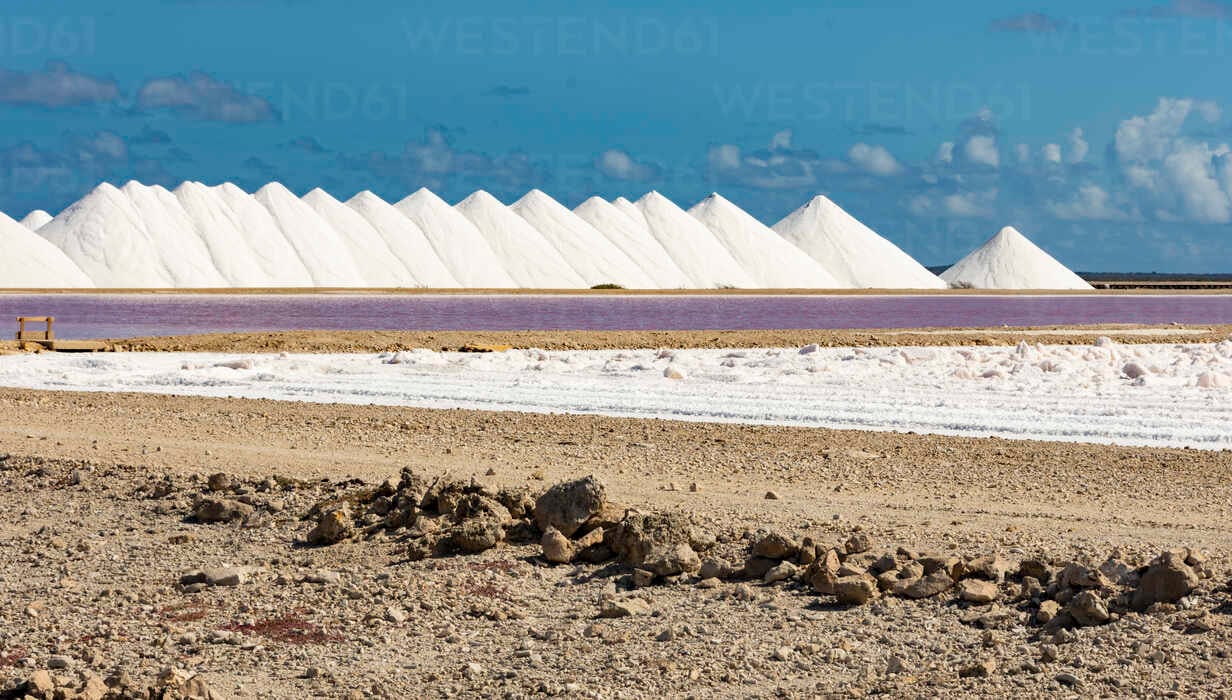Caribbean Sea Salt (from the Antilles) from the Salts of the World Collection by Merchant Spice Co.
$3.50
MAKING SALT IN PARADISE
Through the elemental forces of sun, wind, and time, seawater is transformed into salt on the island of Bonaire—a process rendered exceptional by the purity of its air and water. What today appears as striking pyramids of crystalline salt, set against pastel-hued flats, is merely the latest chapter in a centuries-old Caribbean tradition.
From the arrival of the Spanish in 1499 to the Dutch dominion that followed in the 17th century, salt production in Bonaire became vital to global trade, particularly in preserving fish for the vast North Atlantic fisheries. During the height of the West Indies sugar boom, salted cod—a direct product of Bonairean salt—became a staple of Caribbean cuisine, shaping culinary traditions that endure to this day. Once a commodity of low value, salt’s influence reaches beyond mere preservation, embedding itself in the region’s rich gastronomic heritage. With dishes such as Green Fig & Salt Fish, the national dish of St. Lucia, or Salted Cod Fish Cakes in Barbados, traditional fare now finds new expression in Caribbean fusion cuisine.
Ingredients: 100% Caribbean Sea Salt
About the Product
•Packaged in a stand-up, resealable bag for your convenience.
•Available in a 1-ounce sampler size, 2 ounces, 4 ounces or 8 ounces (1/2 pound) in both coarse and fine grains.
•Enjoy the Spice of Life!
Reviews (3)
Average:
Nov 7, 2025
Excellent taste arrived very fast
May 9, 2024
Excellent quality and quick shipping
Oct 6, 2023
JUST WHAT I WANTED!!! EASY TRANSACTION!!! HIGHLY RECOMMEND!!!!!!!!!!!!!!!!!!!



